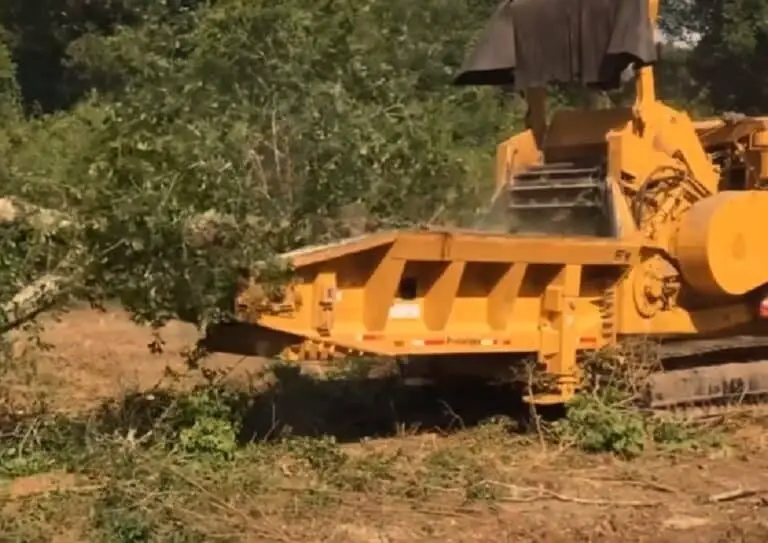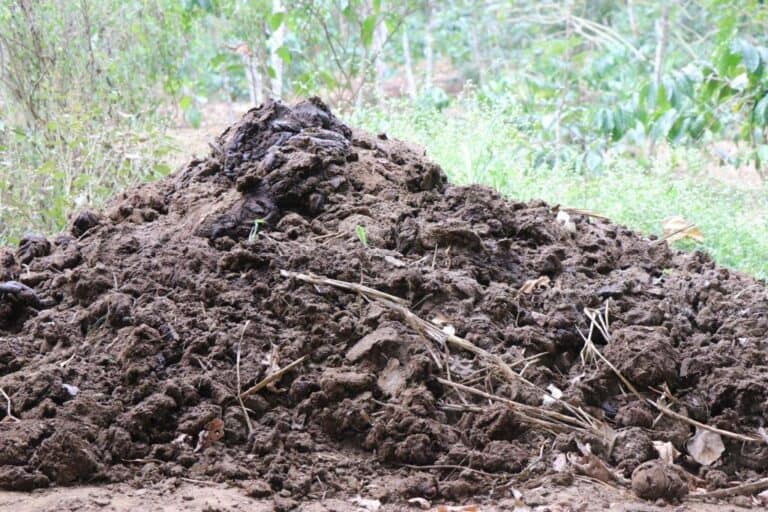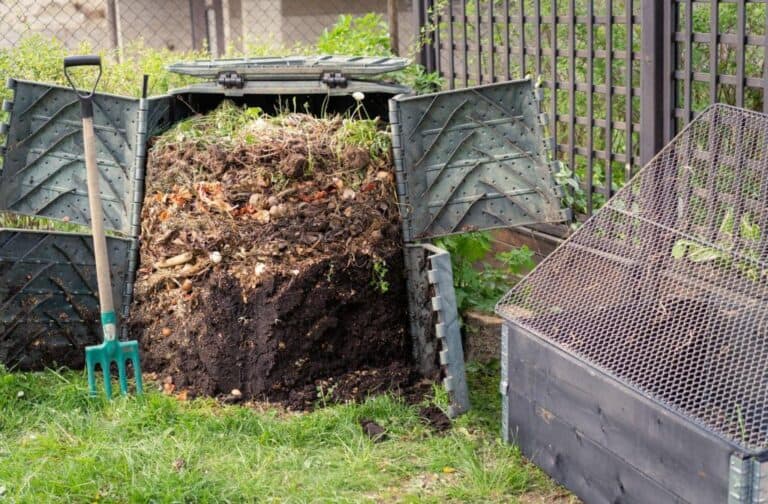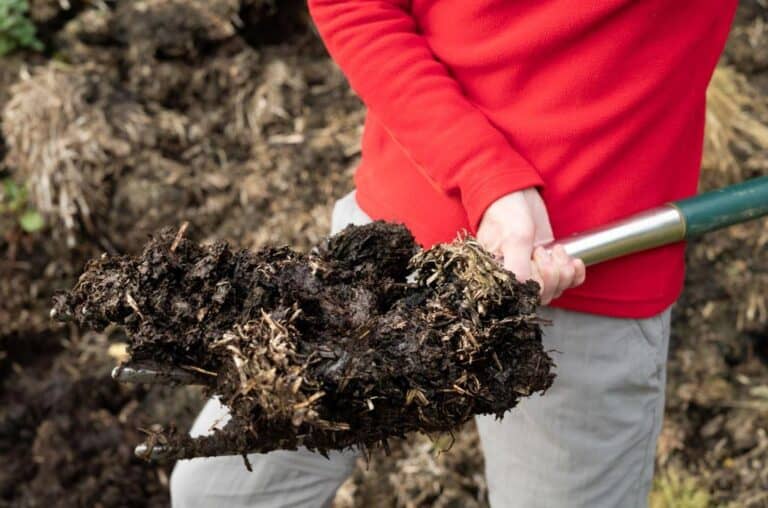Can You Put Mulch Over Weeds? The Most Efficient Way To Spread Mulch
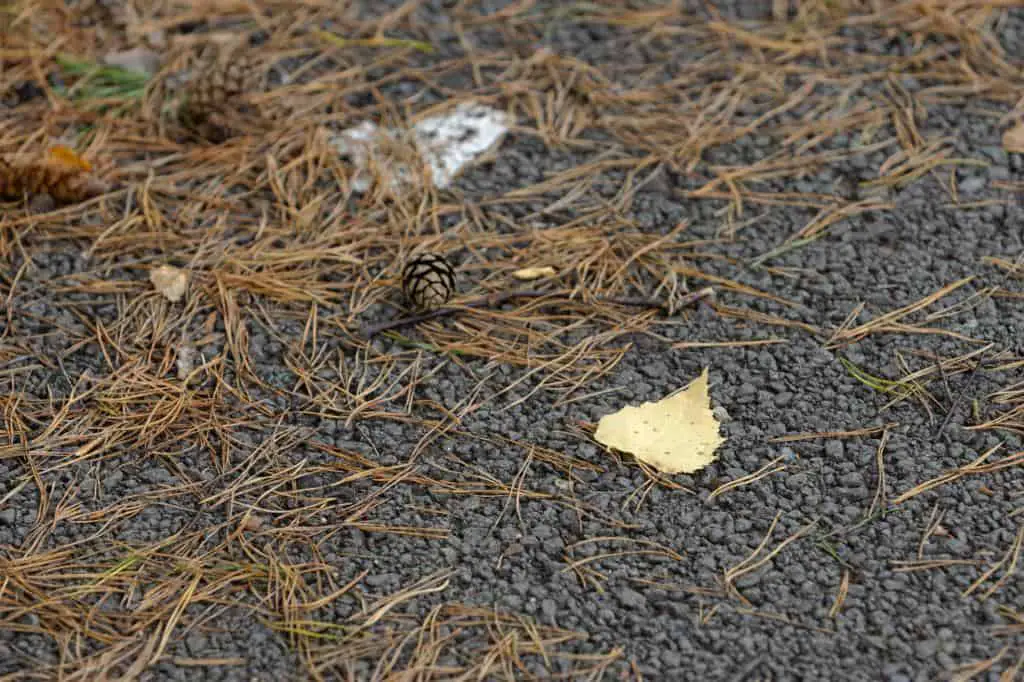
If you’re a gardening enthusiast, you’ve likely heard about the benefits of mulching your garden. Mulch helps conserve moisture, suppress weed growth, regulate soil temperature, and improve soil structure.
However, if you’re dealing with an overgrown and weedy garden bed, you may wonder if you can put mulch over weeds. After all, it seems counterintuitive to cover up the very thing you’re trying to get rid of. Fortunately, mulching over weeds can be an efficient and eco-friendly way to control unwanted plants, but it’s not without its challenges.
In this article, we’ll explore the most efficient way to spread mulch over weeds and what to consider before you begin. Whether you’re a seasoned gardener or just starting, you’ll find valuable tips and insights to help you transform your garden into a beautiful and thriving oasis.
Understanding Mulching and Weed Control
Mulching is the practice of adding a layer of material over the soil surface around plants, shrubs, or trees. It has several benefits, including weed control, moisture retention, and soil improvement.
Mulching can be done using a wide range of organic or inorganic materials, such as straw, leaves, wood chips, stones, or even shredded rubber. However, the effectiveness of mulching largely depends on the type of material used, the thickness of the layer, and the timing of application.
Weeds are unwanted plants that can grow rapidly and compete with other plants for nutrients, water, and sunlight. Weeds can be a significant problem for gardeners, landscapers, and farmers, as they can reduce crop yields, increase pest and disease pressure, and make the landscape look unkempt. To control weeds, different methods can be used, such as hand weeding, hoeing, herbicides, or mulching.
Mulching can be an effective method of weed control, as it creates a barrier between the soil and the sunlight, preventing weed seeds from germinating and growing. Additionally, mulch can kill existing weeds by depriving them of light and air. Mulching can also help to reduce soil erosion and improve soil fertility by adding organic matter to the soil as it decomposes.
Mulching can also help to conserve moisture in the soil, which is essential for plant growth and survival, especially in hot and dry climates. The mulch layer can slow down evaporation and stop water from running off, making it easier for plants to take in water. Moreover, mulch can help regulate soil temperature, preventing extreme fluctuations that can stress plants.
Types of Mulch for Weed Suppression
There are many types of mulch that can be used for weed suppression, and each has its own unique properties and benefits.
Organic mulches, such as bark, leaves, straw, and compost, are among the most popular and effective types of mulch for controlling weeds. These materials break down over time, adding valuable nutrients to the soil and improving its overall health. Organic mulches are also excellent at suppressing weed growth by smothering weed seeds and blocking out light.
Inorganic mulches, such as gravel, stones, and plastic sheeting, can also be used to control weeds. These materials do not break down over time, making them a good choice for long-term weed control. Inorganic mulches can also help to conserve moisture in the soil and regulate soil temperature, which can be beneficial for certain types of plants.
Another type of mulch that is gaining popularity for weed suppression is living mulch. This involves planting low-growing plants, such as clover or creeping thyme, in between larger plants to help control weeds. Living mulch can also have other benefits, like attracting good bugs and making the soil healthier.
When choosing a type of mulch for weed suppression, consider factors such as the climate, soil type, and type of plants being grown. Some types of mulch may be better suited to certain conditions than others, so do some research before selecting a type of mulch.
In addition to the type of mulch, the thickness of the mulch layer can also play a role in weed suppression. A thicker layer of mulch will keep weeds from growing, but it may also keep in more water and help fungi grow. In some cases, a thinner layer of mulch may be enough to keep weeds from growing, but it may need to be added more often.
Can You Put Mulch Over Weeds?
The short answer is yes, you can mulch over weeds. In fact, mulching over weeds can be an effective way to control their growth and prevent them from sprouting up again.
When you mulch over weeds, you essentially smother them by depriving them of light and air. This prevents them from growing and spreading. In addition, the mulch layer helps to retain moisture in the soil, which can be beneficial for the plants you want to keep.
However, you should not simply apply mulch over an existing weed patch without any preparation. Doing so may actually make the problem worse. Before applying mulch, you should first remove any large or established weeds by hand or with a weeding tool. This will ensure that the weeds do not grow back through the mulch layer.
Once you have removed any large weeds, you can apply a layer of mulch to the soil. The thickness of the mulch layer will depend on the type of mulch you are using and the level of weed suppression you require. A thicker layer or too much mulch will provide greater weed suppression but may also retain more moisture and promote fungal growth.
When applying mulch over weeds, avoid piling the mulch up against the stems of plants or trees. This can cause the stems to rot and may lead to damage or even the death of the plant. Instead, leave a small gap around the base of the plant to allow for air circulation and prevent moisture buildup.
Things to Consider before Mulching over Weeds
Mulching over weeds can be an effective and eco-friendly solution for controlling unwanted plants, but it is not a one-size-fits-all solution. Before you start mulching, you need to think about a few important things to get the best results and avoid problems.
- One of the first things to consider is the type of weed you are dealing with. If you have perennial weeds, such as dandelions, thistles, or bindweed, mulching alone may not be enough to eliminate them. These types of weeds have deep roots that can penetrate the mulch layer and continue to grow. In such cases, it may be necessary to remove the weeds manually or use an herbicide before mulching.
- Another critical factor to consider is the type and thickness of the mulch layer. Organic mulches like wood chips, straw, and leaves can break down over time and add nutrients to the soil. However, they can also attract pests like rodents and termites and make a good place for fungal diseases to grow.
- Inorganic mulches, such as rocks, gravel, or shredded rubber, can be long-lasting and low-maintenance, but they may not provide the same soil benefits as organic mulches. The thickness of the mulch layer is also important, as too thick a layer can prevent water and air from reaching the soil and suffocate plant roots.
- Another important factor to consider is the timing of mulching. Mulching over weeds too early in the growing season may not be effective, as new weed seeds can germinate later in the season. Conversely, mulching too late in the season may not prevent weeds from setting seeds and spreading. It is best to wait until the soil has warmed up and the weeds have started to grow before mulching, typically in late spring or early summer.
- Lastly, it is crucial to consider the overall health and needs of your plants. Some plants, such as annuals, may benefit from regular mulching, while others, such as shallow-rooted perennials or succulents, may not tolerate a thick mulch layer or prefer a specific type of mulch. It is best to research the specific requirements of your plants before mulching and adjust your approach accordingly.
Alternatives to Mulching over Weeds
While mulching over weeds is an effective way to suppress their growth, there are also other alternatives that can be used to keep weeds at bay. These include hand-pulling weeds and hoeing, as well as using natural and chemical weed killers.
1. Hand Weeding
One alternative to mulching over weeds is hand weeding. This involves removing weeds by hand, either by pulling them out of the ground or cutting them off at the soil surface. While hand weeding can be time-consuming, it is an effective way to remove weeds without damaging nearby plants or introducing chemicals into the soil.
2. Hoeing
Another alternative to mulching over weeds is hoeing. This involves using a hoe to chop off the tops of weeds just below the soil surface. This works well for getting rid of annual weeds, which have shallow roots and are easy to pull out by hoeing.
3. Natural Weed Suppressants
Natural weed suppressants are another alternative to mulching over weeds. These include materials such as pine needles, straw, and even newspaper. These materials can be placed on top of the soil around plants to suppress weed growth. They also have the added benefit of breaking down over time and adding nutrients to the soil.
4. Chemical Weed Control
Chemical weed control is another option for suppressing weeds. There are a variety of herbicides available that can be used to kill weeds without harming nearby plants. However, it is important to use these products carefully and follow the instructions on the label to avoid damaging the soil or harming beneficial insects and other organisms.
5. Weeds Prevention
It is also worth noting that preventing weeds from growing in the first place is often the best approach. This can be done by crop rotation, planting cover crops, and keeping the soil healthy with the right amount of fertilizer and water.

